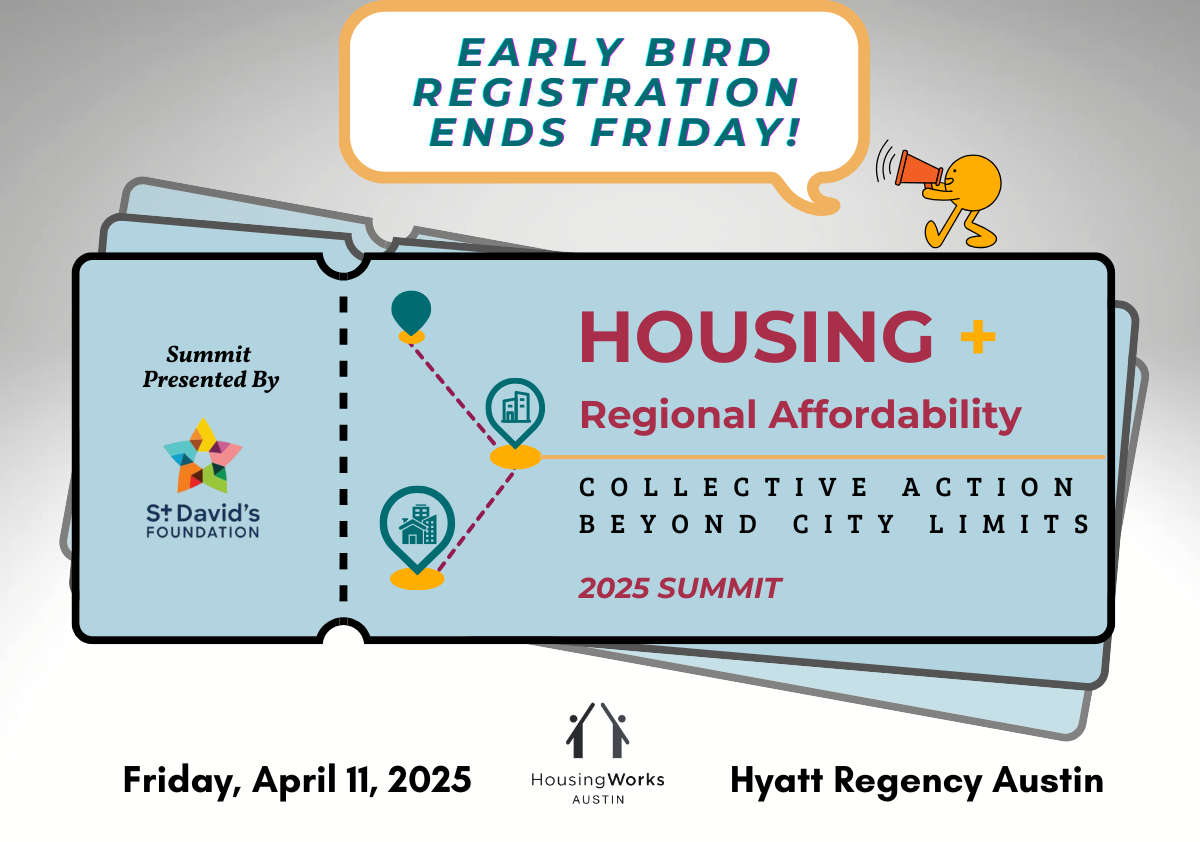Austin ranks fifth in nation for cities most at risk for wildfires
Tuesday, February 25, 2025 by
Hunter Simmons According to a CoreLogic Wildfire Risk Report conducted in 2024, Austin ranks fifth in the nation for cities most at risk for wildfires. The top four cities are all located in California.
David Bock, senior wildfire mitigation specialist at the Austin Fire Department, gave a presentation to the Environmental Commission at its regular meeting on Feb. 19, titled “Cultivating Clarity: Decoding Wildfire Narratives and Debunking Myths.”
“Austin is very unique: It actually has an interesting collection of wildland-urban interface,” Bock said. Wildland-urban interface is “the zone of transition between unoccupied land and human development,” as defined by the U.S. Fire Administration.
In Austin, wildland-urban interface looks like the land that “winds itself all around our beloved greenbelt … (and) all around our urban rivers,” Bock said. “If you were to stretch that out like a string, it would be 650 miles long, which is the distance from here to New Orleans.”
This large area of wildland-urban interface in Austin makes the city more at risk of wildfires. Ember production probability increases in these interfaces. If a wildfire broke out in the wildland-urban interface, its “embers can travel up to a mile and a half from their source,” Bock said, spreading into urban areas and feeding off of structures and buildings there, making containment logistically challenging.
Ongoing droughts, wind and high temperatures also increase the risk of a wildfire catching. Droughts make the soil and live fuel moisture go down. Wind is what primarily drives wildfire spread. High temperatures increase ignition potential.
A common misconception is that all wildfires look like the ones in California. However, that type of wildfire would not occur in Austin.
“It’s not going to be that big flame front coming at you,” Bock said, comparing Austin’s wildfires to those in Los Angeles and Hollywood. “What it will look like instead is several small wildfires that come from embers.”
In terms of responding to wildfire breakouts, the city of Austin has 54 pumping apparatus fire trucks. It takes four to overwhelm a single house fire quickly. In the case of having several small wildfires break out at once in the city, with the resources they have now, first responders would be forced to transition to triage.
Wildfires are more common than most Austin residents might think. First responders are dispatched hundreds of times every year for wildfires. The most recent notable one was the Parmer Lane Fire in 2023, affecting 37 acres in East Austin. This fire impacted two different housing developments, an apartment complex and a neighborhood that was constructed with wildland-urban interface building codes that specifically address structural ignitability.
The following six factors affect why residences actually burn in a wildfire:
- Embers are the main reason residences initially ignite.
- Nontempered, single-pane windows with wooden panes and vinyl panes can explode when exposed to extreme heat.
- Landscaping around structures can fuel the spread of fires.
- Firewood, doormats and patio furniture can serve as secondary fuel sources for the flames.
- Inadequate setbacks in urban areas can expose residences to high heat and ember production.
- Direct flame impingement and radiation to combustible attachments can drive the spread.
The National Cohesive Wildland Fire Management Strategy advises residents in at-risk areas to take necessary precautions. Fire-adapted communities can be built with ember-resistant materials and have set evacuation plans. Fire resilient landscaping with low-intensity and ember-reluctant plants can prevent the spread of a fire. Effective firefighting units require funding to be defensible and have greater response capacity in the event of a breakout.
Austin Fire’s Wildfire Division conducts community awareness and preparedness outreach to educate residents on how to prevent and stay safe in the case of a wildfire. For ways to get involved and more information, contact the division online
The Austin Monitor’s work is made possible by donations from the community. Though our reporting covers donors from time to time, we are careful to keep business and editorial efforts separate while maintaining transparency. A complete list of donors is available here, and our code of ethics is explained here.
You're a community leader
And we’re honored you look to us for serious, in-depth news. You know a strong community needs local and dedicated watchdog reporting. We’re here for you and that won’t change. Now will you take the powerful next step and support our nonprofit news organization?





